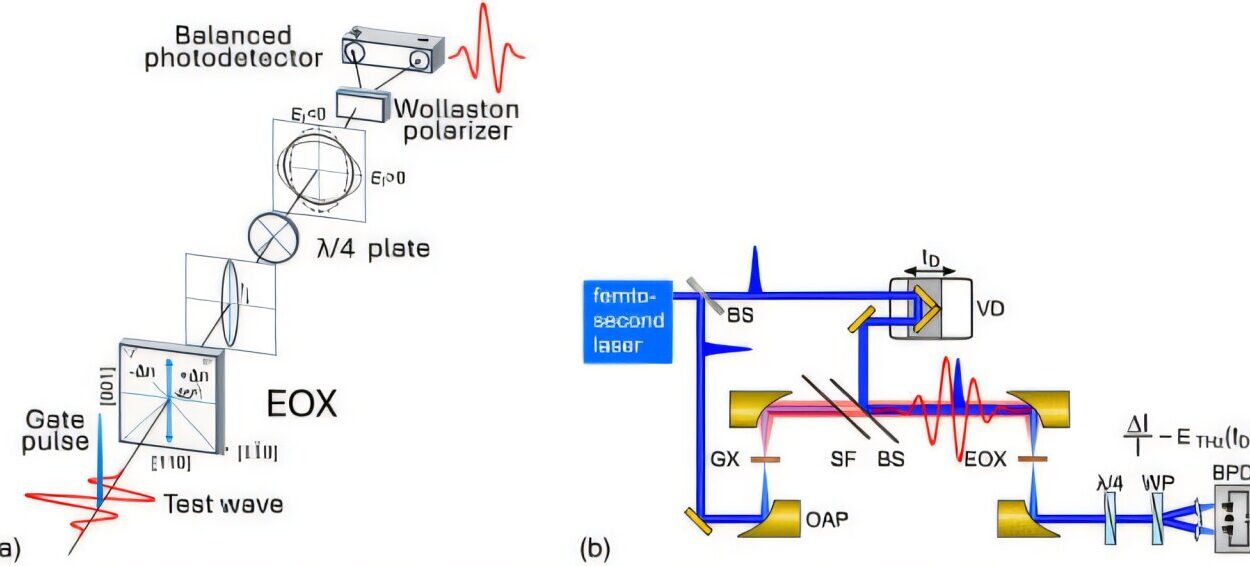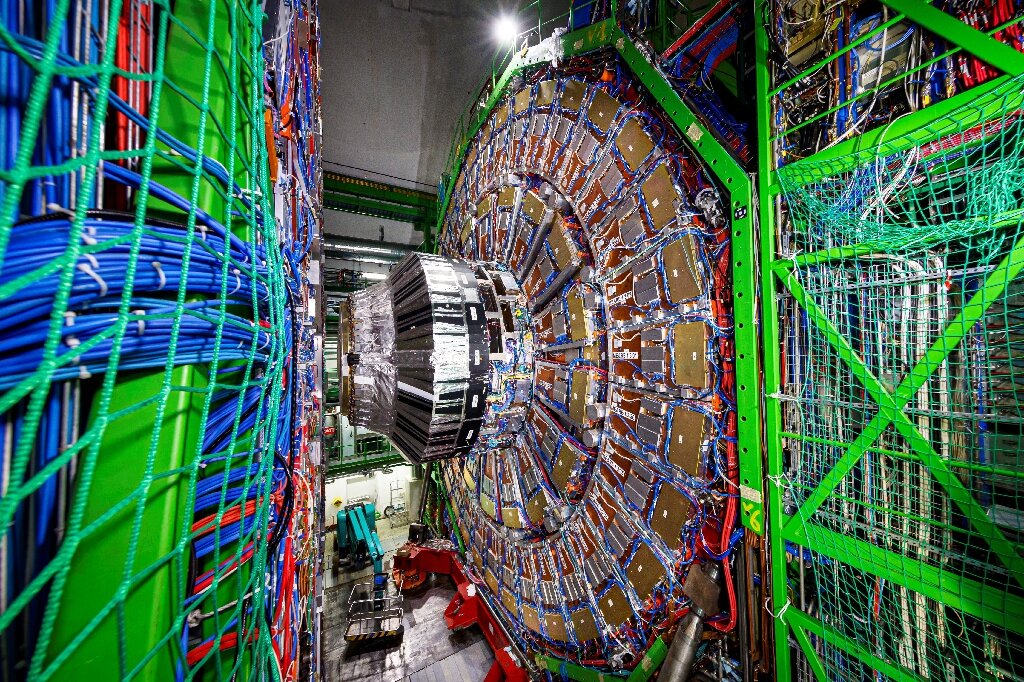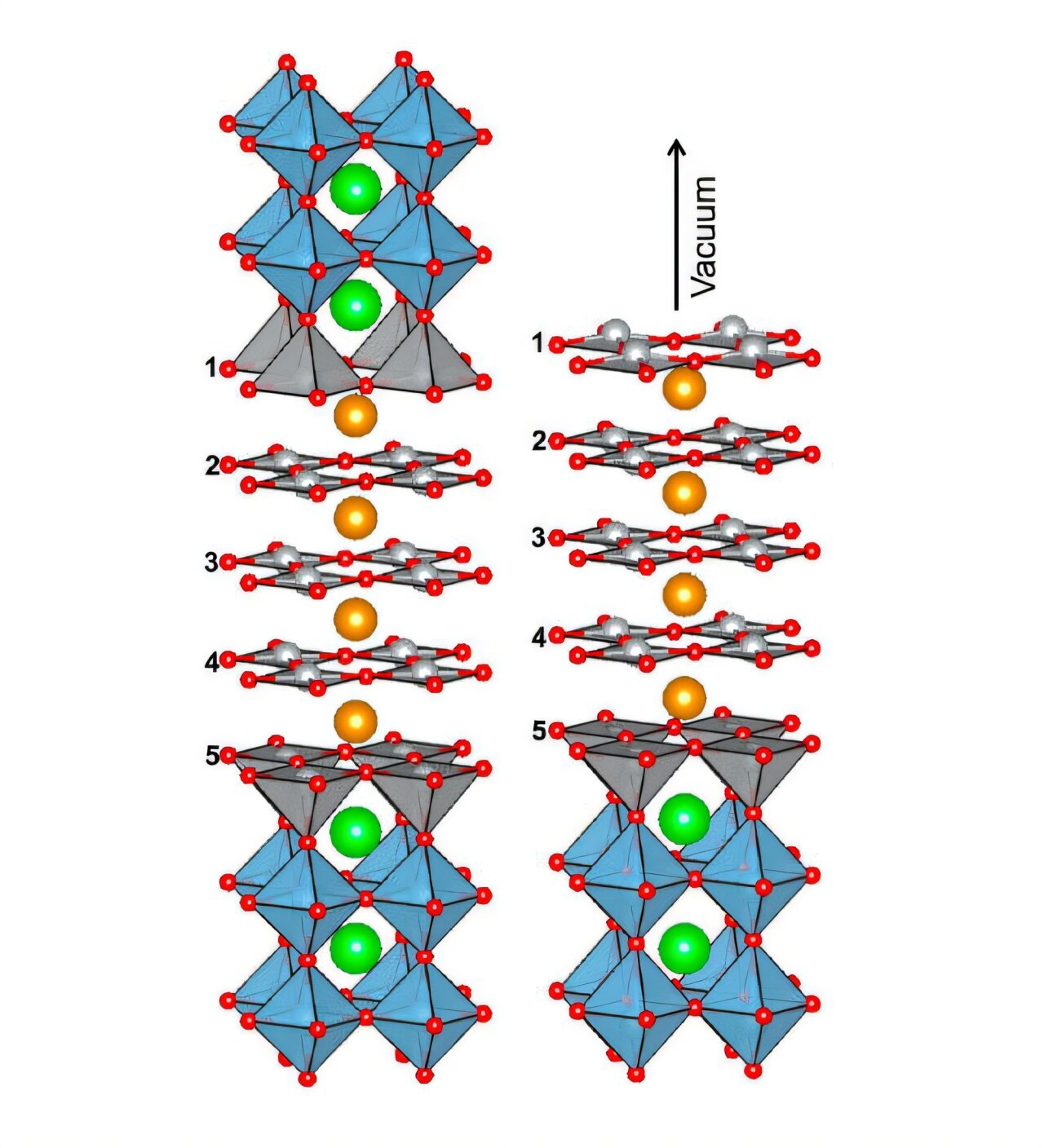Black holes, the enigmatic objects that form from the collapse of massive stars, have long been a cornerstone of astrophysical research. According to Albert Einstein’s theory of General Relativity, black holes are thought to contain singularities—regions of spacetime where the curvature becomes infinite, and the laws of physics, as we know them, break down. These singularities are theorized to be points of infinite density, where gravity is so strong that nothing, not even light, can escape. The nature of these singularities and how they might be resolved remains one of the biggest challenges in theoretical physics.
However, a recent discovery from a team of experts at the Institute of Cosmos Sciences of the University of Barcelona (ICCUB) has made significant strides in our understanding of black holes. For the first time, these researchers have shown that regular black holes, which do not contain singularities, can emerge purely from gravitational effects—without the need for exotic matter, a concept that has been part of many previous theoretical models. This breakthrough has been published in the journal Physics Letters B and could potentially reshape our understanding of the quantum nature of gravity and the very structure of space-time.
The Problem of Singularities in Black Holes
To understand the importance of this new discovery, it’s essential to revisit the classic picture of black holes. Traditional models of black holes, based on Einstein’s General Relativity, predict the formation of singularities at the center of these objects. Singularities represent regions where gravitational forces become so intense that spacetime curves infinitely, and the known laws of physics, including quantum mechanics, fail to describe what happens within them.
Despite their theoretical existence, these singularities are problematic. They present a fundamental paradox in physics—what happens to the information about matter that falls into a black hole? Do the laws of physics break down entirely, or is there a way to reconcile the two pillars of modern physics: General Relativity and quantum mechanics?
Many scientists believe that quantum gravity—a theoretical framework that would merge these two ideas—holds the answer. However, the mechanisms by which singularities might be resolved are still speculative and unclear.
Exotic Matter: A Temporary Solution
To explore potential resolutions to the singularity problem, some models have introduced the concept of exotic matter. Exotic matter is a theoretical type of matter with unusual properties that could have negative energy density and cause repulsive gravitational effects. Such matter is used in models exploring wormholes, faster-than-light travel, and singularity resolution in black holes.
However, exotic matter remains largely theoretical and has not been observed in nature. While it can provide a temporary mathematical solution to some problems, its inclusion has always been a subject of controversy. After all, if exotic matter cannot be found in the universe, how can it be used to explain phenomena such as black holes?
A New Approach: Regular Black Holes without Exotic Matter
The recent study from the ICCUB team has introduced a novel solution: the creation of regular black holes from gravitational effects alone. This discovery is groundbreaking because it shows that singularities can be avoided in black holes without requiring the presence of exotic matter. The team has mathematically demonstrated that an infinite series of higher-order gravitational corrections can effectively eliminate singularities, leading to the formation of regular black holes. These are objects where spacetime is curved in a way that avoids infinite density.
Pablo A. Cano, one of the lead researchers in the study, explained that the beauty of their approach is that it relies solely on modifications to Einstein’s equations, which are naturally predicted by the framework of quantum gravity. “No other components are needed,” he stated. This is a significant departure from previous models that relied on exotic matter to explain the formation of regular black holes.
This finding suggests that gravity alone—without any exotic matter or additional fields—could potentially be the key to understanding the formation and structure of black holes in the universe. It simplifies the conditions necessary for the existence of black holes without singularities, offering a cleaner, more elegant model of these cosmic objects.
Theories Applicable to Higher-Dimensional Space-Time
One of the technical aspects of the study involves the use of higher-dimensional space-time, specifically dimensions greater than or equal to five. The reason for considering these higher dimensions is purely mathematical: it reduces the complexity of the problem. In space-times with more than four dimensions, the behavior of gravitational fields can be studied with greater ease, providing more clarity on how singularities can be resolved.
However, the researchers stress that their conclusions are still applicable to our four-dimensional space-time. In other words, while the study was carried out in a theoretical setting involving higher dimensions, the results are expected to hold true for our observable universe.
The Thermodynamics of Regular Black Holes
The implications of this discovery extend beyond the theoretical aspects of gravity and space-time. The study also explores the thermodynamic properties of regular black holes. These properties are crucial for understanding the nature of black holes, particularly how they interact with their surroundings.
In their work, the researchers demonstrated that regular black holes, which avoid singularities, comply with the first law of thermodynamics. This is a key feature because thermodynamics plays an important role in understanding the behavior of objects in astrophysical environments. By showing that these singularity-free black holes obey thermodynamic principles, the researchers provided a strong framework for understanding their formation, stability, and behavior.
This discovery not only opens new avenues in the study of black hole thermodynamics but also adds to the robustness and universality of their theory. By combining gravity with thermodynamics, they offer a comprehensive way to study these objects.
What’s Next? The Future of Black Hole Research
With these groundbreaking findings, the ICCUB team plans to extend their work to four-dimensional space-time. This will allow them to explore the implications of their discovery in more familiar astrophysical scenarios, such as those involving stars, galaxies, and other cosmic objects.
The next steps include investigating the stability of these regular black holes and examining the possible observational signatures they might have. While the idea of singularity-free black holes might seem purely theoretical at this point, these discoveries could lead to new ways of observing and understanding black holes in our universe.
In addition, the researchers are exploring how matter behaves when it falls into these regular black holes. Their study is already beginning to tackle the questions of how such objects form and what happens to the matter that gets drawn into them. The results could have profound implications for our understanding of the universe.
Conclusion: A Step Toward Understanding Quantum Gravity
The discovery of regular black holes without singularities is a major step forward in the quest to understand the fundamental nature of gravity. By showing that singularities can be resolved purely through gravitational effects, the ICCUB team has provided a significant alternative to models that rely on exotic matter.
Their work opens new possibilities in the study of quantum gravity, the theory that seeks to merge General Relativity and quantum mechanics into a single framework. It brings us closer to understanding the true nature of black holes, the structure of space-time, and the ultimate fate of matter and information that enters these cosmic behemoths.
As the team continues their research and explores the implications of these findings, we may be on the verge of a new era in theoretical physics—one that could unlock even deeper mysteries about the universe itself.
Reference: Pablo Bueno et al, Regular black holes from pure gravity, Physics Letters B (2025). DOI: 10.1016/j.physletb.2025.139260






